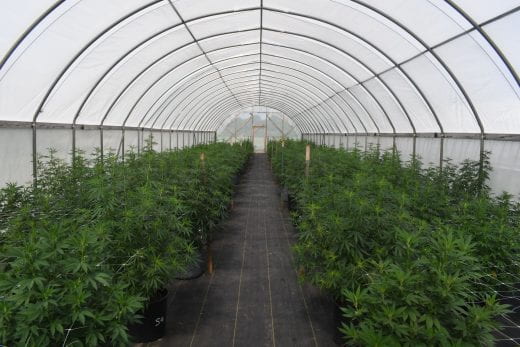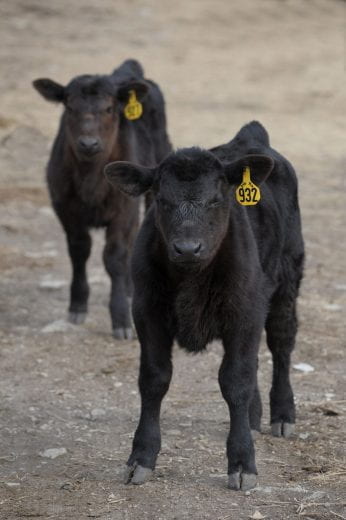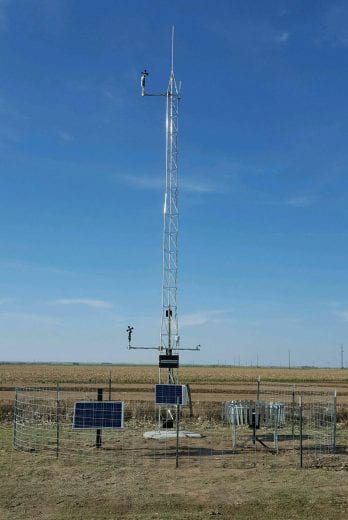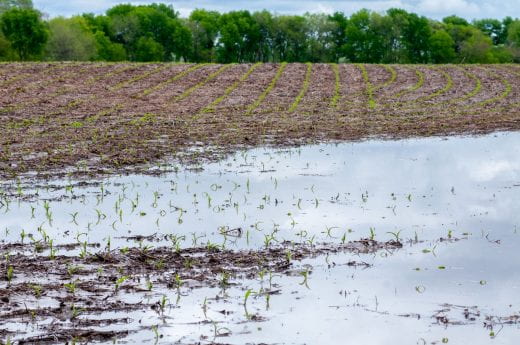 Welcome to Better Kansas. Where every Thursday we shed light on events, resources and other information designed to make your life, businesses, communities and state better. Don’t forget to hit subscribe! – Mary Lou Peter mlpeter@ksu.edu
Welcome to Better Kansas. Where every Thursday we shed light on events, resources and other information designed to make your life, businesses, communities and state better. Don’t forget to hit subscribe! – Mary Lou Peter mlpeter@ksu.edu
Better Living, Better Communities
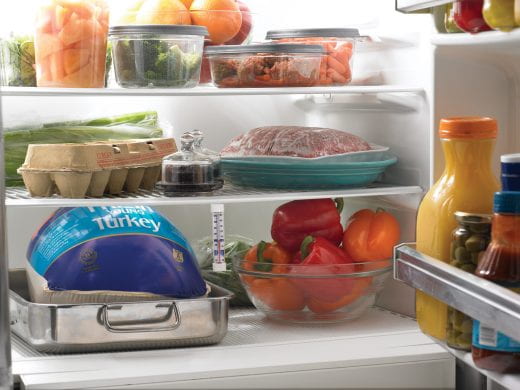 SOME TIME AGO, A FRIEND TOLD ME THAT GUILT I WAS FEELING about something stemmed from my German-Lutheran-Midwestern roots. What?! He was teasing … I think … but I’m pretty sure none of that has anything to do with feeling guilty about the food I waste. You know how it is, those blueberries that were on special just jumped into your cart and now they’re dry as dog food, or the pork chops that sounded so good when you bought them – the ones that have been buried in the freezer for years(!). And how about confusion over “use by” or “sell by” dates on labels? Whether you’re feeling guilty like me or just need to make room for a pot of fall chili, you might want to take a look at What’s in Your Refrigerator? for more on food waste.
SOME TIME AGO, A FRIEND TOLD ME THAT GUILT I WAS FEELING about something stemmed from my German-Lutheran-Midwestern roots. What?! He was teasing … I think … but I’m pretty sure none of that has anything to do with feeling guilty about the food I waste. You know how it is, those blueberries that were on special just jumped into your cart and now they’re dry as dog food, or the pork chops that sounded so good when you bought them – the ones that have been buried in the freezer for years(!). And how about confusion over “use by” or “sell by” dates on labels? Whether you’re feeling guilty like me or just need to make room for a pot of fall chili, you might want to take a look at What’s in Your Refrigerator? for more on food waste.
 AND WHILE WE’RE IN THE KITCHEN, a subject near and dear to my heart is sitting down together for family meals. Imagine being on an island with your family, even if it’s just for 30 minutes. You’re away from the distractions: work, school, sports, band, ballet, social media … video games! Whether a single parent with one child or a boisterous, bickering group of eight, studies show that parents can lead by example by eating nutritious foods (WITH the kids), support communication skills and boost self-esteem during discussion around the table. For more on building traditions and strengthening family ties, read Family Meals … Worth Making a Priority or listen to a short radio segment on the topic. Remember to turn off the TV.
AND WHILE WE’RE IN THE KITCHEN, a subject near and dear to my heart is sitting down together for family meals. Imagine being on an island with your family, even if it’s just for 30 minutes. You’re away from the distractions: work, school, sports, band, ballet, social media … video games! Whether a single parent with one child or a boisterous, bickering group of eight, studies show that parents can lead by example by eating nutritious foods (WITH the kids), support communication skills and boost self-esteem during discussion around the table. For more on building traditions and strengthening family ties, read Family Meals … Worth Making a Priority or listen to a short radio segment on the topic. Remember to turn off the TV.
 EVERYONE IS VULNERABLE TO SCAMS in one way or another. If you watch enough daytime talk shows, you’ve seen victims of dating, home-repair, and credit-card scams. Really, can we trust anyone? Seniors (age 65+) are particularly vulnerable and targeted. Think about it … they often have more robust financial resources and grew up in a world where politeness and trust were more typical. If you are a senior or have loved ones who are, take a look at Protecting Yourself from Senior Scams.
EVERYONE IS VULNERABLE TO SCAMS in one way or another. If you watch enough daytime talk shows, you’ve seen victims of dating, home-repair, and credit-card scams. Really, can we trust anyone? Seniors (age 65+) are particularly vulnerable and targeted. Think about it … they often have more robust financial resources and grew up in a world where politeness and trust were more typical. If you are a senior or have loved ones who are, take a look at Protecting Yourself from Senior Scams.
Better Farming, Ranching and Gardening
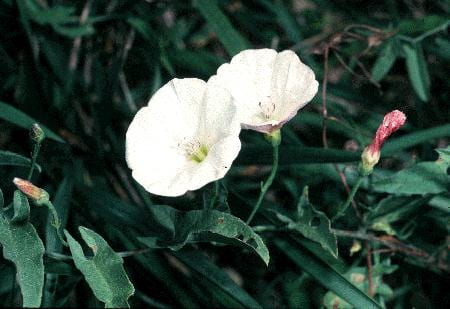 DON’T BE DECEIVED BY THE PRETTY WHITE FLOWERS! Those vines winding their way around your crops or garden plants could be field bindweed, a perennial and incredibly invasive weed that creeps its way through farm fields and home landscapes alike. It’s so damaging it’s on the Kansas Department of Agriculture’s top 12 list of noxious weeds. On agricultural land, it can cut crop yields and in home gardens it can smother shrubs and flowers. Now that fall has arrived, but before the first killing frost, is a good time to manage it in farm fields. Take a look at Fall Control of Bindweed for information. And for more on bindweed in home landscapes, check Bindweed: A noxious weed. This stuff has deep roots and has wound its way through the spirea shrubs in my suburban back yard more years than not. Managing it has been a constant struggle.
DON’T BE DECEIVED BY THE PRETTY WHITE FLOWERS! Those vines winding their way around your crops or garden plants could be field bindweed, a perennial and incredibly invasive weed that creeps its way through farm fields and home landscapes alike. It’s so damaging it’s on the Kansas Department of Agriculture’s top 12 list of noxious weeds. On agricultural land, it can cut crop yields and in home gardens it can smother shrubs and flowers. Now that fall has arrived, but before the first killing frost, is a good time to manage it in farm fields. Take a look at Fall Control of Bindweed for information. And for more on bindweed in home landscapes, check Bindweed: A noxious weed. This stuff has deep roots and has wound its way through the spirea shrubs in my suburban back yard more years than not. Managing it has been a constant struggle.
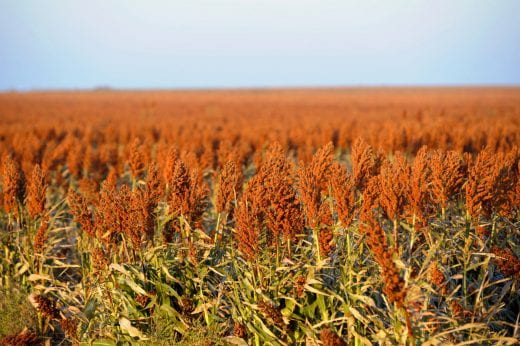 I’VE SAID IT BEFORE AND IT’S WORTH SAYING AGAIN, KANSAS IS THE NO. 1 SORGHUM-PRODUCING STATE BY FAR. It’s used primarily as livestock feed and in ethanol production, but increasingly as an ingredient in food products, partly because it’s gluten-free. Even this drought-tolerant, important grain can be improved, however, and that’s the goal of a big new public-private partnership using genome-to-phenome (G2P) plant breeding. The effort is supported by Kansas sorghum growers and the Foundation for Food and Agriculture Research. Learn more in Unique public-private research maps the future for dryland crops.
I’VE SAID IT BEFORE AND IT’S WORTH SAYING AGAIN, KANSAS IS THE NO. 1 SORGHUM-PRODUCING STATE BY FAR. It’s used primarily as livestock feed and in ethanol production, but increasingly as an ingredient in food products, partly because it’s gluten-free. Even this drought-tolerant, important grain can be improved, however, and that’s the goal of a big new public-private partnership using genome-to-phenome (G2P) plant breeding. The effort is supported by Kansas sorghum growers and the Foundation for Food and Agriculture Research. Learn more in Unique public-private research maps the future for dryland crops.
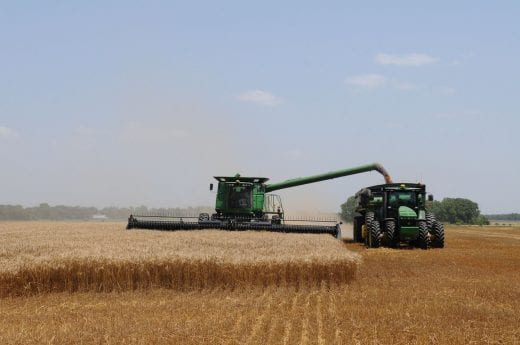 IT’S FOOTBALL SEASON AND ALL, but Kansas State, Nebraska, Colorado State and Oklahoma State have set all of that aside 🙂 long enough to collaborate on four upcoming 2019 Crop Insurance Workshops. Topics include preparing and responding to a natural disaster; farm policy; market outlook; trade education; using crop insurance and hedging; and hemp policy and risk management. Apparently, lots of questions on that last topic! The workshops are planned for Brush, Colorado, on Oct. 29; Grand Island, Nebraska, on Oct. 30; Salina, Kansas, on Oct. 31 and Enid, Oklahoma, on Nov. 1.
IT’S FOOTBALL SEASON AND ALL, but Kansas State, Nebraska, Colorado State and Oklahoma State have set all of that aside 🙂 long enough to collaborate on four upcoming 2019 Crop Insurance Workshops. Topics include preparing and responding to a natural disaster; farm policy; market outlook; trade education; using crop insurance and hedging; and hemp policy and risk management. Apparently, lots of questions on that last topic! The workshops are planned for Brush, Colorado, on Oct. 29; Grand Island, Nebraska, on Oct. 30; Salina, Kansas, on Oct. 31 and Enid, Oklahoma, on Nov. 1.
_
For more resources and activities, contact the K-State Research and Extension office in your area. Check out our other blogs and subscribe to our weekly emails here: https://www.ksre.k-state.edu/news/blogs/



